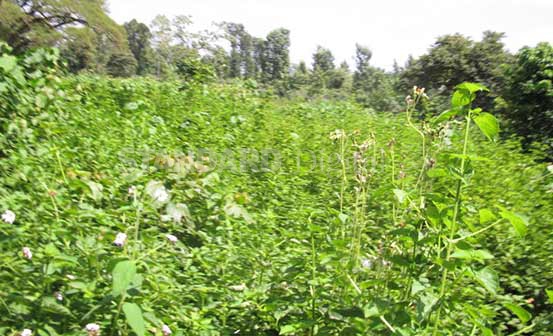×
The Standard e-Paper
Home To Bold Columnists

It is grown as a hedge plant on live fences or interfaced within range lands to be browsed by ruminants. But many farmers don’t know that lantana camara is a poisonous weed that can kill both man and cattle.
Lantana Camara, or lantana as it is commonly referred to, is a highly invasive shrub thought to have been brought into Africa from Europe.